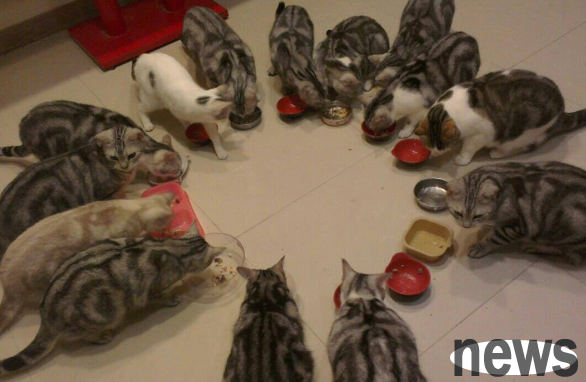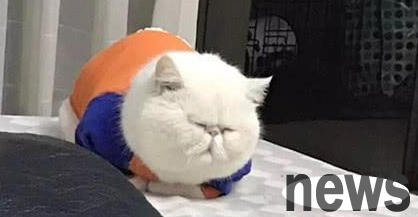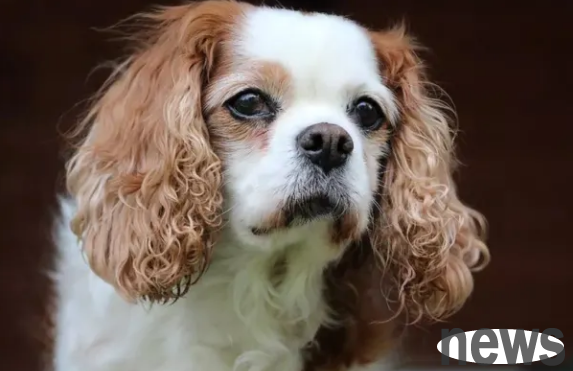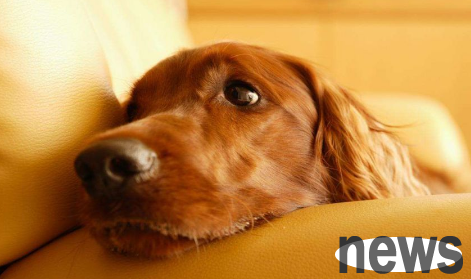Pay attention to diet for kidney disease cats
What happens when cats with chronic kidney disease
don't eat?
Chronic kidney disease in cats is divided into one to four stages, which means the more serious the later stage; usually between the second stage and the third stage, cats will begin to experience "anorexia", and often experience the good and bad appetite. Since the kidneys are the organs responsible for detoxification, when the kidneys become more and more difficult to metabolize normally and maintain fluid balance, uremia will gradually accumulate and spread in the body. The most common damage is the gastrointestinal tract. Therefore, at this time, cats will begin to vomit, diarrhea, smell of urine in their mouths, mouth and tongue ulcers, etc., which will affect the quality of appetite.
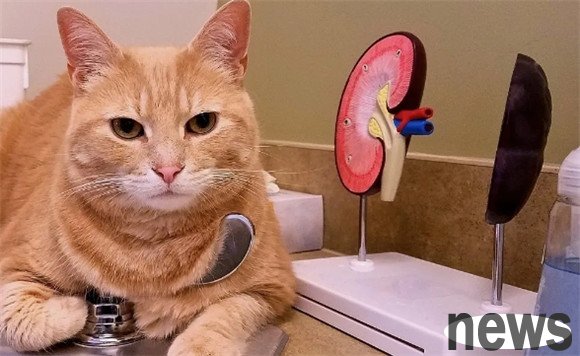
But "eating" is very important for kidney cats! Because not eating may lead to a sudden drop in weight and loss of muscle mass in the cat, the body will become weaker, lack of immunity, and the condition will deteriorate faster, so eating will give you more opportunities to survive. Although sometimes veterinarians will also consider prescribing some drugs that can promote appetite, and the purpose is to help them eat more, "food palatability" is a very important consideration.
PART2
The drinking principle of kidney cats: It is better to drink water than drinking too much water. When the kidney function gradually loses, it will also cause the cat's body to lose water, which often causes "dehydration", just like being in a "hangover" state, because many uncomfortable reactions caused by hangovers (such as headaches, muscle aches, poor spirits, etc.) are caused by dehydration in the body.
Therefore, in addition to eating normally, it is also very important to intake a moderate amount of water! Because the kidneys of animals have a forced drainage mechanism to avoid excessive water diluting the electrolytes in the body; therefore, if a large amount of water enters the body at once, the kidneys will mistakenly think that there is too much water in the body, and then activate the forced drainage mechanism, which will cause the body to lose more water, resulting in thicker blood and more serious dehydration.
PART3
Why do the protein content provided by chronic kidney disease differ in the early and late stages?
Digested proteins will produce nitrogen-containing waste, but when the kidney function begins to decline, it is not easy to discharge these wastes in the body, and the blood urea (BUN) index will also rise; when excessive accumulation of nitrogen-containing waste will cause ulcer damage to the digestive tract and gastrointestinal bleeding, which will shorten the lifespan of red blood cells, affect the function of platelets, and then cause anemia.
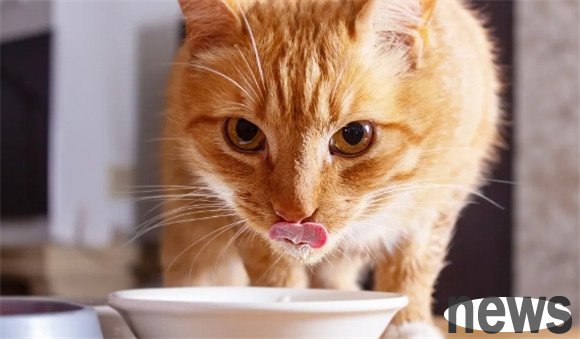
However, because cats are carnivorous animals, the main source of energy provided by their body is protein. If the protein intake is excessively restricted, it will cause protein energy to be consumed (protein in the body is used to burn and produce energy), which will cause kidney function to deteriorate, and kidney cats will become weaker, resulting in muscle loss, mental deterioration or malnutrition, and in severe cases, it will even endanger life. Therefore, Mao’s parents must actively cooperate with the treatment process, because the veterinarian will provide appropriate protein content based on the cat’s current kidney disease grading, physical condition, and body protein content.
Usually I would recommend feeding prescription foods with high-quality protein sources to reduce the burden of kidney metabolism of nitrogen-containing waste; since kidney cats generally have insufficient water intake, and the water content in food needs to reach more than 65%, the daily water consumption of cats will increase; when the water content in food reaches 85%, it will increase significantly. Therefore, feeding prescription wet food directly with special formulas is a method that can not only increase moisture intake but also achieve nutritional management.

